VMware Explore’s 5 Big Reveals: Updates To Tanzu, vSAN, NSX+, Workspaces And An AI Deal With Nvidia
The virtualization all-star has been firing on all cylinders as partners sing the praises of the new products it has introduced around mutli-cloud, the hybrid workplace and generative AI.
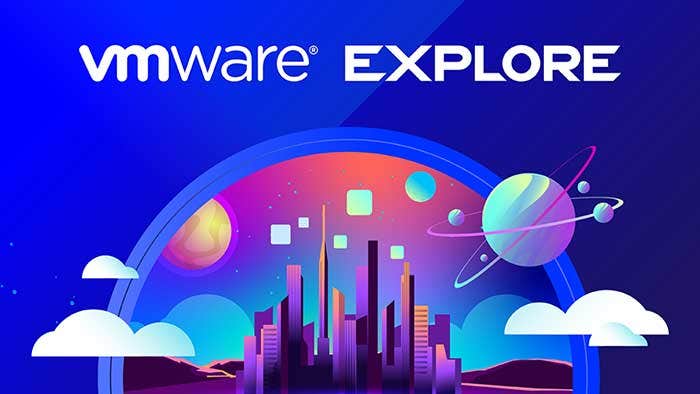
VMware has refreshed several major products, created a new AI offering and handed customers “petabytes” of scalable storage, as CEO Raghu Raghuram vows it will infuse its products with AI features to help users better navigate IT complexity.
“It shows the innovation engine is running,” Raghuram told CRN. “It shows mutli-cloud is real. And of course it shows how we are responding to the customer’s AI needs.”
Even with the announcements, Broadcom was the topic du jour for many partners after the company said Monday it would be allowed by statute to close its $61 billion acquisition of VMware on Oct. 30, near the end of its fiscal year.
[RELATED: Broadcom-VMware Deal Approval Comes Amid VMware Partner Renaissance]
The news comes after a year in which Broadcom CEO Hock Tan has said he would “embrace the channel,” not raise prices, and invest $1 billion in VMware’s R&D should the acquisition go through. Tan has also been vocal on earnings calls about Broadcom’s massive potential to win in AI.
“It’s easy and it’s fun to explore the [AI] use cases for each business. The hard part is all the dependencies underneath,” said Chris Woodin, vice president of solutions and alliances at Softchoice, the $2.2 billion solution provider behemoth, No. 31 on the CRN 2023 Solution Provider 500. “Data security. Data governance. The cost of managing all the data that’s going to feed the models, how you maintain the accuracy and the currency of those models. That’s where the hard work is.”
Woodin said Softchoice has seen a ramp-up in data growth in recent months. The task of ensuring the accuracy and security of the data and the models is a massive opportunity, but so is helping customers optimize costs, which is where he sees products like vSAN Plus playing an outsized role.
“When it comes to the efficiency of managing these massive data warehouses, I think VMware is coming in at just the right time to make that possible,” he said.
Michael Bullough, senior systems engineer at VMware partner CompuNet, said many software developers consider it a core utility and are using it to maximize time and efficiency in coding.
“The generative AI announcements are intriguing. It’s definitely the next big frontier in tech. I think a lot of us from the reseller standpoint are waiting to see what big players like VMware are bringing to the market,” he said.
But it isn’t only AI offerings that VMware is delivering.
Here are the biggest announcements that came out Tuesday at VMware Explore 2023.
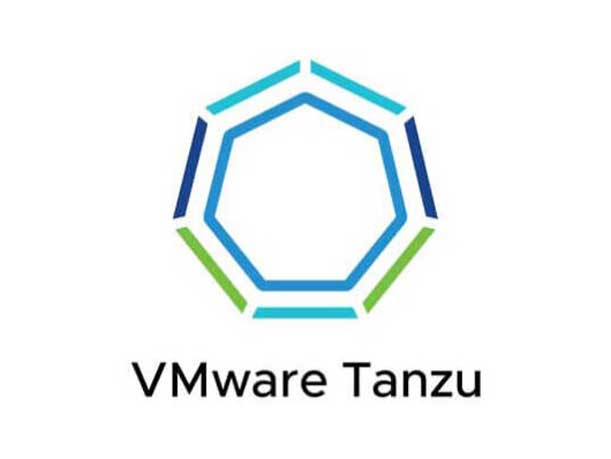
Tanzu App Engine: ‘A Fundamental Advancement’
Raghuram said advancements in Tanzu have realized a long-held goal of being able to update the underlying infrastructure without disturbing an application while it is running and deployed.
“It’s a fundamental advancement, and it’s derived from some of the ideas that we had in the early days,” he told CRN.
It gives application teams the ability to request business requirements such as high availability and more secure connectivity. In turn, platform engineers will be able to embed these requirements into a curated application space that automatically and continuously enforces them at runtime, even across different Kubernetes clusters and clouds.
“It is literally one command to deploy the application, and then the platform operator can scale it, ensure it’s high availability, ensure it’s patched and lower the cost of operating these applications by a significant amount,” he told CRN.
Raghuram said once developers have written the code, the app engine makes it dramatically easier to deploy it into production and then have the platform teams automatically ensure the code is always running so the application does not get disrupted when the underlying infrastructure is updated.
VMware provided average deal sizes for its Tanzu deals through the channel using a “land, expand and grow” framework. The average deals that “land” are worth $150,000, with $12,500 per month in monthly recurring revenue and up to $300,000 in services. The typical “expand” deals register at $225,000 with $18,800 per month in recurring revenue, and up to $1 million in services. Deals that reach the “grow” phase average $338,000, with $28,000 in monthly recurring revenue and up to $1.5 million in services.
In addition, VMware is making it easier for partners and customers to select from five preconfigured deployments called “cloud packs.”
“The first thing we are doing is we are using these things called cloud packs,” Raghuram said. “There are five cloud packs. This brings together 17 or 20 of the combinations that were previously possible to make it very easy for the partner to tell the customer, ‘This is what you need.’ The customer can say, ‘I want it on-premises in our data center and I want it on my AWS or I want it on Equinix.’”
Raghuram said the prescriptive offerings look the same on-premises as they do in the cloud to give partners and customers a common interface.
“You’re going to see us continue to reinforce two major legs of our Tanzu pillars: Tanzu application platform and Tanzu intelligent services,” VMware President Sumit Dwahan said.
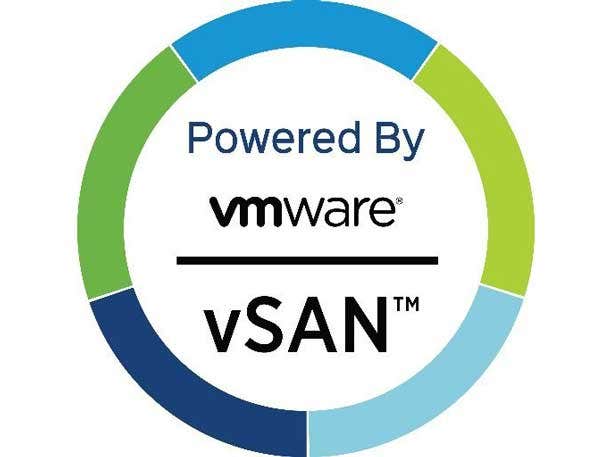
vSAN Max: ‘Petabytes And Petabytes’ More Storage
Raghuram said while customers rave about the user experience of its hyperconverged infrastructure portfolio with the combined resources of vSAN and vSphere, the challenge has been that the user could not scale the storage independent of the compute.
“So in other words the most storage you can use is constrained by the amount of storage on the server,” he said. “So customers have been asking for this for a long time, but it’s a hard thing to do architecturally, which is allow the customers to scale the storage independent of the compute.”
VMware vSAN Max scales up to 8.6 petabytes of elastic storage, independent of compute,
He said the benefit is that VMware can preserve the simplicity of a vSAN model so that for a vSphere administrator it just looks like vSAN. However, it allows them to break free of the storage constraints presented by a single server.
“It can be elastic, so I can scale it up, I can scale it down, independent buying more servers,” Raghuram said. “Petabytes and petabytes. That’s very useful for partners who say, ‘My customer wants the simplicity of the vSAN model, but they have a lot of data. They’re going to have to scale out their database, object storage, whatever it is.”
It also is designed to withstand failures across sites, hosts and discrete storage devices. With vSAN express storage architecture, it can heal from discrete device failure up to 92 percent faster, lowering the total cost of ownership as much as 30 percent.
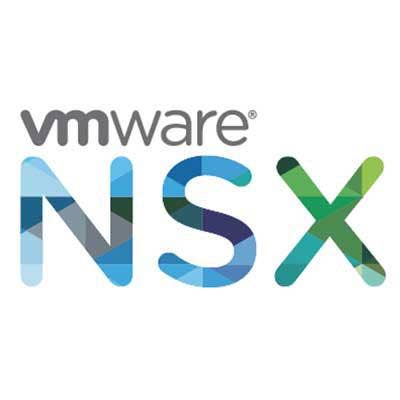
NSX+: Something Partners ‘Have Always Wanted’
Raghuram said setting network permissions across several different platforms was a highly complex task for administrators prior to the debut of NSX+.
“They have applications on AWS. They have applications on Azure. They have applications on-premises. Google, Oracle, etc. Now how are you as an administrator going to set firewall rules, load-balancing policies, network security policies uniquely in all of these different places?” he asked. “It’s a big hassle for network security admins.”
Raghuram said NSX+ solves this by building one policy layer in the cloud that can be applied networkwide.
“It can dynamically program the NSX networking and security, the VMware cloud on AWS networking and security,” he said. “In the future, it will even program the native AWS and the native Azure. This can literally be one policy layer that you can program to that can dynamically adjust the policies to all your applications. This is going to be fantastic for partners and fantastic for customers. Now partners can go help those customers and say, ‘Look let me help you with multi-cloud networking.’ This is something they have always wanted.”
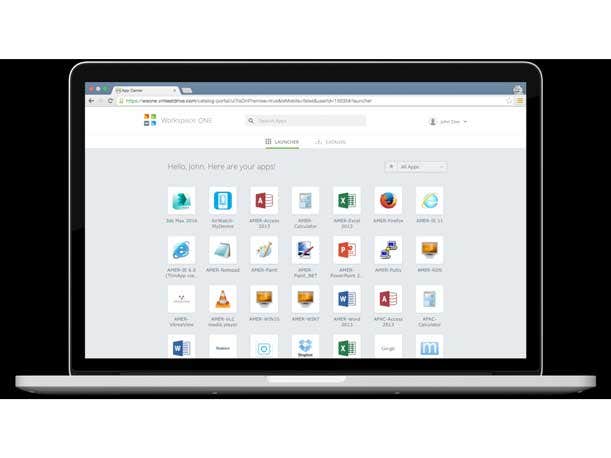
Autonomous Workspaces: ‘How Do You Simplify Their Lives?’
VMware is using the ubiquity of its platform to give autonomation the feelers to detect if a problem is about to happen and stop it, Raghuram told CRN.
“So admins are still having to deal with the hybrid workforce. The hybrid workforce is not coming back to work anytime soon,” he said. “They’re distributed all over. So how do you simplify their lives? We have this vision we call Autonomous Workspaces.”
The system now detects a problem without the user raising a complaint and alerts the administrator along with a possible explanation and the documentation needed to fix the issue.
“So let’s say you are having a poor experience on your laptop at home. Instead of having to file a ticket or call computer support, there is software that watches, that knows you are having a poor experience, and then it notifies the computer admin and says, ‘Hey, they’re having a really poor experience, and we think it’s because of the network, or because of the OS, or whatever it is and here’s the runbook that you can pick from and automatically fix it.”
VMware said partners who seize the opportunity around providing managed services and customization to the workplace can expand their profitability.
In a partner presentation, VMware said providing “base services” such as advisory and planning, Workpspace ONE deployments and Horizon design and deployments result in deals between $20,000 and $100,000 per project, VMware said adding managed services with Workspace ONE as a service, Workspace ONE monitoring and remediation can see recurring deals where customers pay $200 to $400 per user, per year.
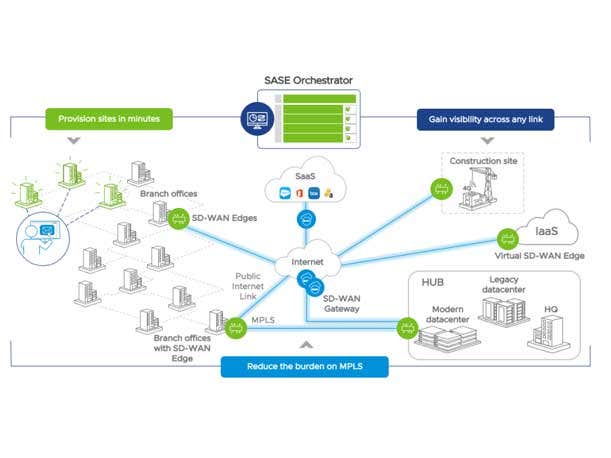
VMware’s Edge: ‘Dramatically Simplifies The Management’
VMware Edge Cloud Orchestrator, which was formerly called VMware SASE Orchestrator, is a unified management layer for VMware SASE and the VMware Edge Compute Stack. This bridges the gap between edge networking and edge compute, VMware said. Enhancements to the orchestrator will help customers plan, deploy, run, visualize and manage their edge environments in a friction-free manner.
VMware Edge Compute Stack is a pull-based configuration with zero-touch provisioning that supports GitOps principles for desired state management. With scalable deployment and operations capabilities, it will also help customers automate security updates across edge infrastructure and will be ideal for edges lacking a stable inbound network connection.
“One of the most common problems at the edge is you have all these machines and possibly multiple manufacturing plants. Let’s say you have to update a patch or deploy new software,” Raghuram said. “What we have created is a zero-touch update capability. The machine itself wakes up and asks a central control plane, ‘Hey, do you have anything new for me?’ It’s pull-based. The central management layer keeps track of what everybody has and what everybody needs. So this dramatically simplifies the management of all these edges.”
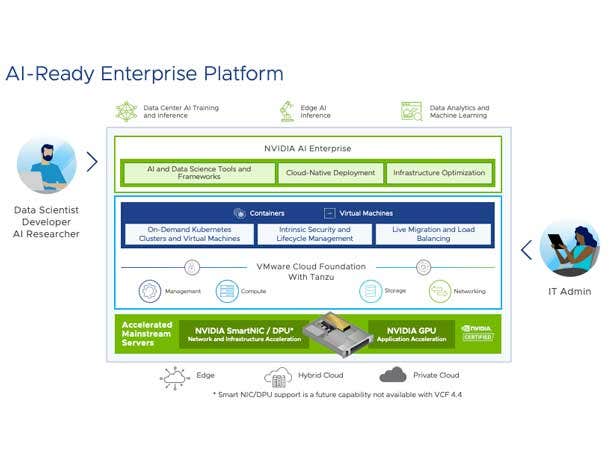
AI: ‘A Big, Big Announcement’
VMware has two AI offerings it is bringing to market. The first is a partnership with Nvidia called VMware Private AI Foundation, and it is all about keeping private data private.
“Let’s face it, if you didn’t care about privacy, you could go to OpenAI today and type in your thing and get an answer just like we can do as consumers,” Raghuram said. “How do I make sure my data is not shared in any fashion to train somebody else’s model? And then once the model is trained and I can use it, how do I make sure that it’s controlled access to the networking point?”
He said the idea was to give customers the ability to run these language models on top of a VMware Cloud Foundation architecture. Then using Nvidia AI software, as well as Nvidia AI hardware, to turn that into an appliance that VMware could make work with any hardware so customers can deploy it where they need to. VMware Private AI Foundation will customize models and run generative AI applications, including intelligent chatbots, assistants, search and summarization in multiple environments.
“They can deploy it on-premises, in the data center, you can deploy it at the edge, they can use it in the cloud, etc.,” Raghuram said. “That is a big, big announcement.”
Raghuram said VMware is also building AI assistants into its products so customers and partners can expect to see those appear on Tanzu, vSAN and vSphere, and other lines of its virtualization goods.